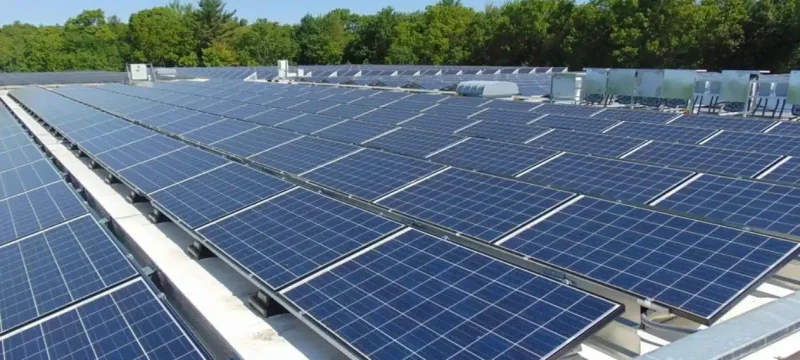The discovery of a new material at Lehigh University in the US has the potential to revolutionize next-generation solar panels, according to preliminary findings. The material has been found to generate 190 percent more electricity than traditional solar cells.
The research findings were published in the journal Science Advances, as reported by an international daily. In their experiment, scientists developed a new material that surpasses the theoretical efficiency limit of traditional solar cells, achieving an absorption efficiency rate of 190 percent. Professor Chinedu Ekuma, from Lehigh University, described this breakthrough as a significant advancement in sustainable energy solutions.
Also Read:Commerce Ministry Invites Chinese Company to Establish Solar Panel Manufacturing in Pakistan
Tests revealed that the material was capable of absorbing both infrared and visible light, leading to an External Quantum Efficiency (EQE) of 190 percent. This means that more than one electron is generated per absorbed photon, made possible by studying the ‘van der Waals gaps between layered 2-D materials.
Professor Ekuma praised the material’s rapid response and enhanced efficiency, suggesting its potential applications in photovoltaic systems. The material, named Cu-intercalated GeSe/SnS, holds promise for high-efficiency solar cells, which are essential for meeting global energy demands.
The next step for Professor Ekuma and his team is to integrate this experimental material with existing renewable energy systems, paving the way for practical applications in solar energy technology.





